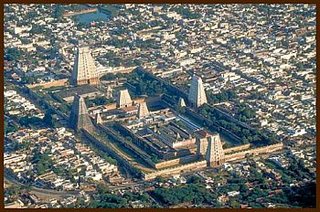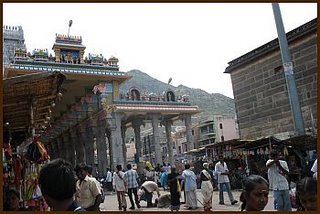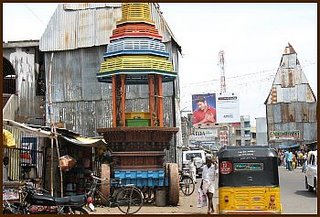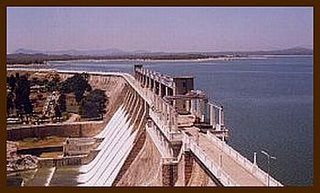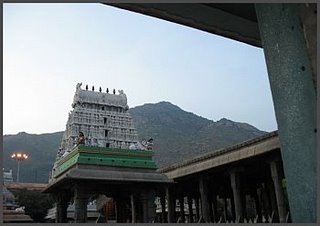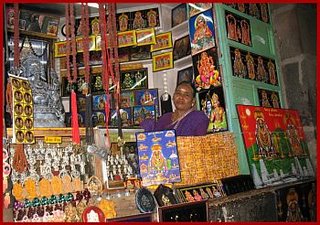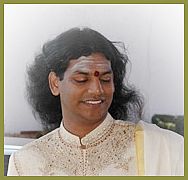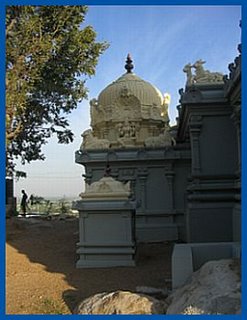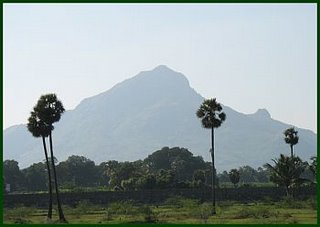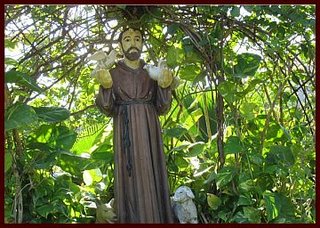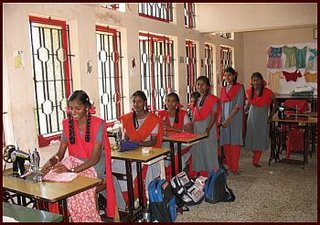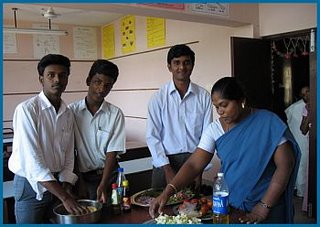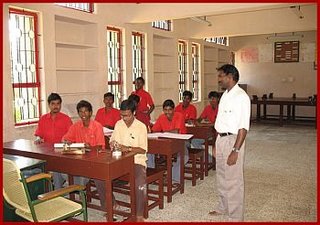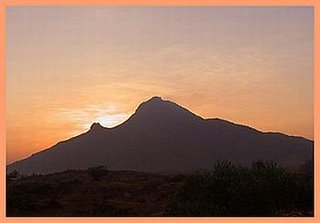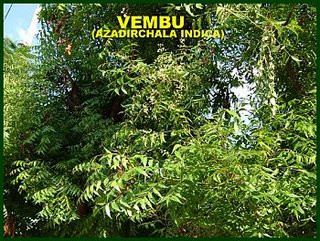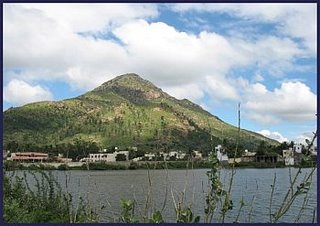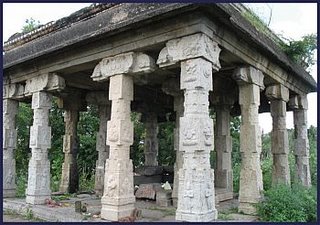Arunachala is a combination of two Sanksrit words Aruna and Achala. Aruna means 'red' and 'Achala' means immovable. The Hill is also referred to as 'Red Mount', 'Hill of the Holy Beacon' and 'Hill of the Holy Fire'. The word Arunachala also refers to 'Aruna' as 'force' (sakti) and 'Siva' as 'that which cannot be moved'. The Hill therefore represents Sakti resting in consciousness. Aruna sometimes refers to 'free from bondage' and 'Achala', 'motionless, steady'. The Tamil name is Annamalai, which is also a combination of two words 'Anna' and 'Malai'. Anna means 'atttained' and 'Malai', 'Hill'.
The Hill of Arunachala is situated at the Eastern Ghats of the North Arcot District, Tamil Nadu, South India. The isolated Hill, 50 miles inland from the Bay of Bengal, rises 2300 feet above sea level and forms a conspicuous object in the landscape for miles around. It is known by many other names that are generally alternates for Lord Shiva including; Arunagiri, Sonagiri, Sonasaila and Annamalai. And it is to the last name, Annamalai, that the prefix Tiru (which means extreme auspiciousness) has been added, thus giving the town Tiruvannamalai its name.
From the remote past this area has been looked upon as profoundly sacred and many myths and stories exist about its origin and history. As well as the Hill the Arunachaleswarar Temple located at Arunachala’s eastern foot shares in much of the wealth of folklore and legend of this sacred site.
This whole area of the Eastern Ghats which is part of the Deccan plateau, is considered to be one of the most ancient lands on earth and is in fact much older than the Himalayas. In ancient Hindu scriptures, Arunachala is actually referred to as the oldest Hill on earth.
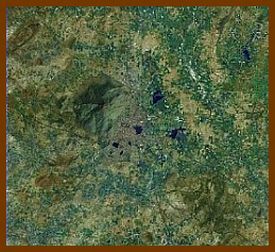
"Arunachala is a light. It shines whether or not you believe in it. It is the light of the Self, and the light of the Self will continue to shine on you whether you believe it or not. Arunachala is greater than all other religious places. There are other holy, powerful places in the world, but none have the power of Arunachala . . . There is a huge amount of shakti, or spiritual energy, here."[By Annamalai Swami]


